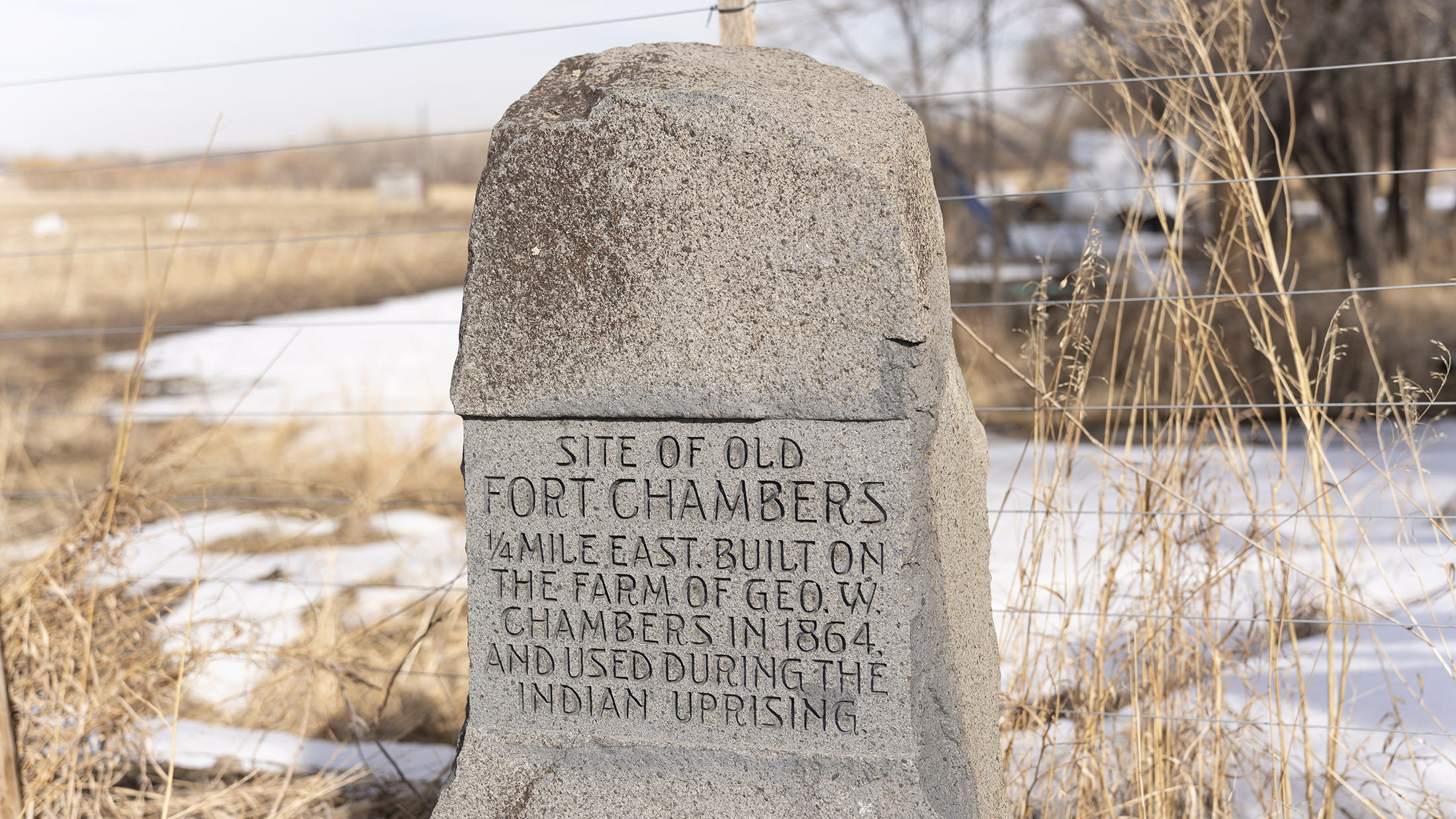The City of Boulder has developed this webpage to provide a broad compilation of timeline information to help community members begin learning about the American-European colonization of Indigenous lands in the Boulder Valley, Fort Chambers, Company D and the Sand Creek Massacre. It is based on information in the city’s Indigenous Peoples Day Resolution, the city’s staff land acknowledgment, conversations with Tribal Representatives and American-European histories of the Boulder Valley and the Sand Creek Massacre.
We highly encourage our community to learn more about the Sand Creek Massacre and hear from Arapaho and Cheyenne Peoples themselves by visiting the exhibit, “The Sand Creek Massacre: The Betrayal that Changed Cheyenne and Arapaho People Forever.” The History Colorado exhibit was developed with guidance from the Cheyenne and Arapaho Tribes, the Northern Arapaho Tribe and the Northern Cheyenne Tribe.
